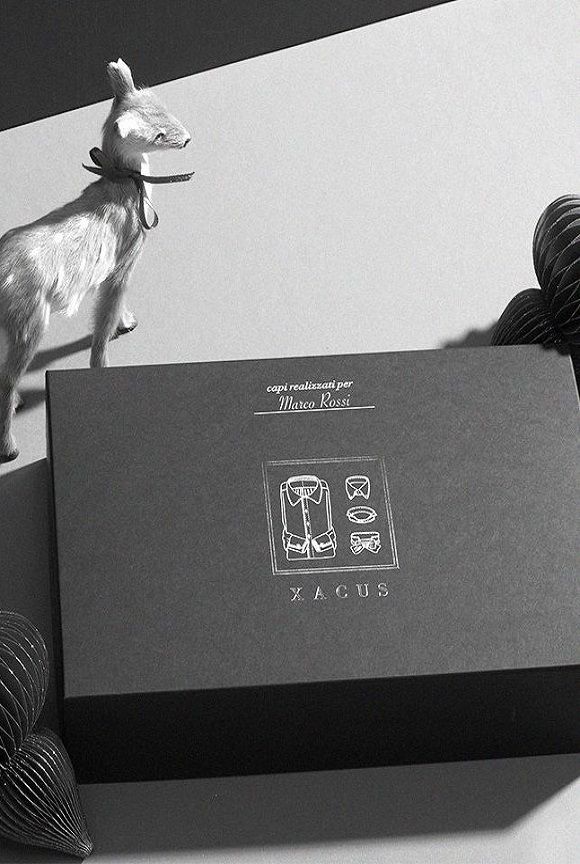Here we are at the end of the history of the blouse, a journey that began in ancient Rome and that concludes with the twentieth century and today. With the entry of women into the world of work and their progress within it emancipation has finally been proclaimed, and female fashion greatly influenced by masculine attire. Coco Chanel was the trailblazer of this change in the new century, the iconic designer who imposed the white shirt, revolutionizing its cut and making it into a true cult.
Chanel’s revolution consisted in proposing an essential, masculine shirt. Thanks to her, many stylists began to unleash their creativity with this basic garment. In the period after the Second World War Christian Dior proposed an organza blouse teamed with a black satin skirt. And the Hollywood stars of the forties began to dictate their style, for example, Audrey Hepburn in the 1953 film “Roman Holiday” zipping around Rome on a Vespa with her sleeves rolled up.
These were also the years of the pin-ups who enhanced their femininity and sensuality by wearing a blouse in various ways, buttoned up to emphasize curves or with the collar open to highlight the neckline. Then the sixties and seventies arrived, the period of revolutionary movements like feminism and pop culture. In this context, the white shirt underwent another transformation. Showing off the female form was out, the classic man’s shirt become part of the wardrobe of women who wanted a look more androgynous. The cover of Patti Smith’s album “Horses” was the symbol of this stylistic reversal.
In the eighties and nineties the woman’s shirt was interpreted in many different ways: oversized, with the collar buttoned up and worn untucked over trousers or fitting and tucked into a slimming high-waisted skirt. Today the blouse is an extremely versatile garment, synonymous with ageless elegance and beauty.

